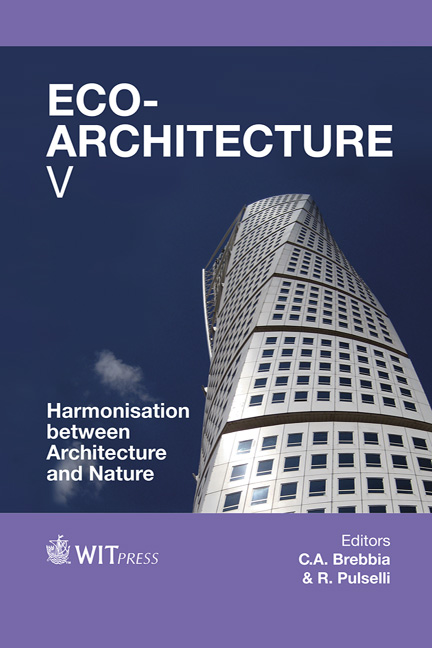Cost And Comfort Optimisation For Buildings And Urban Layouts By Combining Dynamic Energy Simulations And Generic Optimisation Tools
Price
Free (open access)
Transaction
Volume
142
Pages
12
Page Range
81 - 92
Published
2014
Size
1,560 kb
Paper DOI
10.2495/ARC140081
Copyright
WIT Press
Author(s)
T. Nguyen Van, A. Miyamoto, D. Trigaux, F. De Troyer
Abstract
In recent decades, as a result of continuously increasing urbanization and climate change, energy saving has become a critical issue. Due to the high dwelling density, most compact urban areas have limited possibilities for natural ventilation combined with reduced solar radiation. As a consequence, a balance has to be found between reduced comfort and increased energy cost for cooling or heating. The aim of this study is to minimise the energy consumption and optimize thermal comfort of terraced houses in different urban patterns, by using natural ventilation and considering solar radiation. This study analyses different parameters on the level of buildings and urban layouts. The building characteristics include building sizes, window design, materials and internal wind permeability. The urban layouts consist of different building heights, setbacks and road widths. Energy consumption and thermal comfort are calculated by a dynamic simulation using EnergyPlus. Then the generic optimisation tool GenOpt is used to search for the lowest cost to reach a predefined minimum thermal comfort. Both the temperate climate in Belgium and the tropical climate in Vietnam were analysed to check the efficiency and robustness of the models. Conclusions are drawn for sketch design in the given contexts.
Keywords
building layout, energy consumption, natural ventilation, thermal comfort, urban layout





